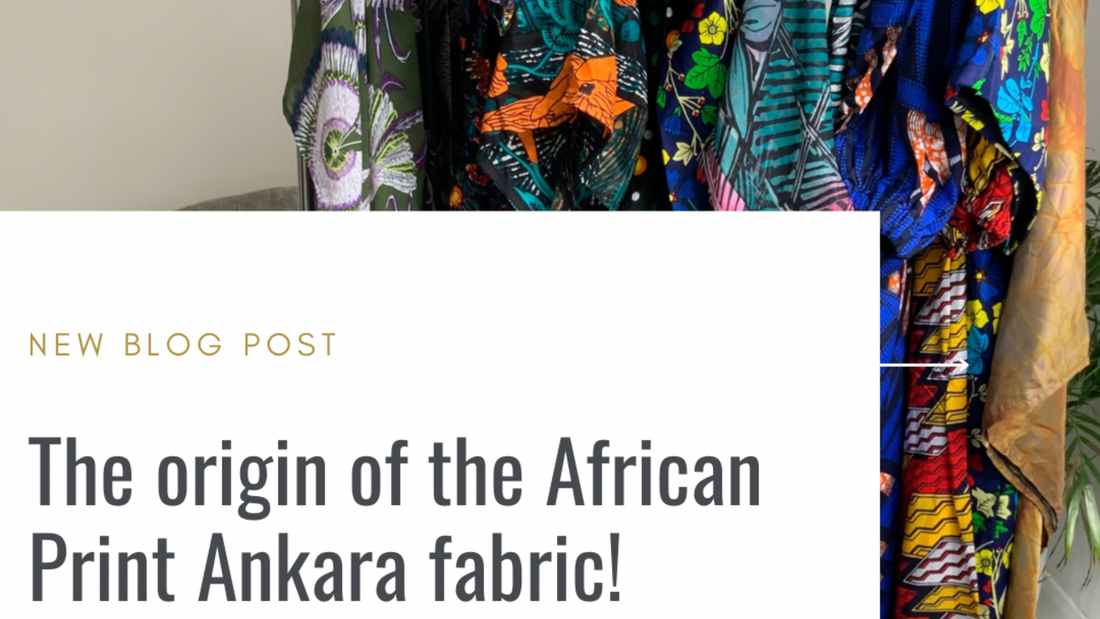The Ankara print is a brightly-coloured and distinctive fabric that is popularly used in African fashion. It is a type of wax-resist dyed fabric that was traditionally made in West Africa in the city of Ankara. The fabric is characterised by its vibrant colours and bold geometric designs which often feature abstract animal and plant motifs. The fabric is made of 100% cotton and is usually printed with a wax-resist technique. The origins of the Ankara print can be traced back to the late 1800s when the city of Ankara was part of the Ottoman Empire. It was during this time that the fabric was first introduced to the region. The fabric was traditionally made using a technique known as batik, which involved applying hot wax to the fabric before dyeing it. This wax-resist technique allowed for the fabric to be dyed in multiple colours and for intricate designs to be printed onto the fabric. The fabric quickly gained popularity in West Africa, and the Ankara print soon became a symbol of African culture. The vibrant colours and bold geometric patterns of the Ankara print made it a popular choice for traditional clothing. In modern times, the Ankara print has evolved to include a variety of different patterns and colours, and it is now used in a wide range of fashion items including dresses, skirts, blouses, and more. The Ankara print is now a popular fashion choice all over the world and is often used to represent African culture. The vibrant colours and unique patterns of the Ankara print make it a unique and stylish choice for any wardrobe.
